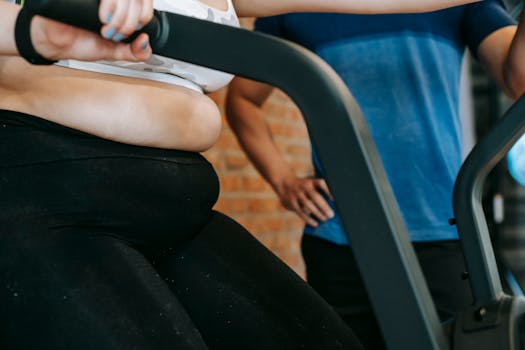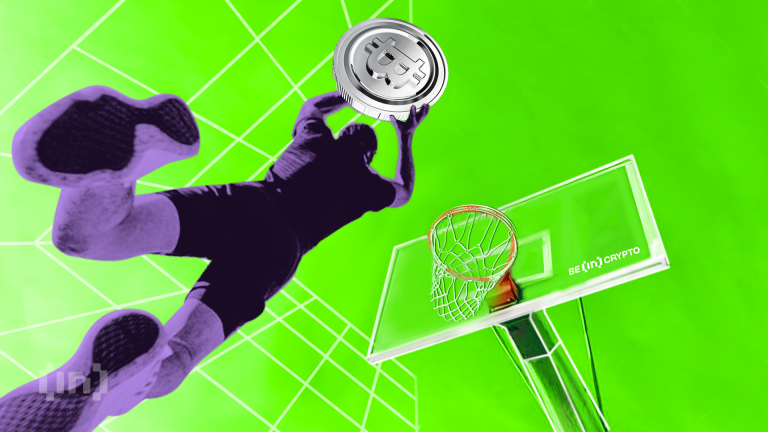
High-Intensity Interval Training (HIIT): The Ultimate Cardio Workout
Takeaways: HIIT is an efficient workout method that alternates between intense bursts of activity and fixed periods of less-intense activity or complete rest. It not only saves time but also boosts metabolic rate, enhances cardiovascular fitness, and aids in weight loss.
High-Intensity Interval Training (HIIT) is revolutionizing the fitness world. With its promise of maximum results in minimal time, HIIT has become a go-to for many fitness enthusiasts and busy individuals alike. This article delves into what HIIT is, its benefits, how to incorporate it into your workout routine, and why it stands out as the ultimate cardio workout.
What is High-Intensity Interval Training (HIIT)?

The beauty of HIIT lies in its versatility. A typical HIIT session might last anywhere from 15 to 30 minutes, making it an ideal choice for those with busy schedules. The key is to push yourself to your maximum effort during the high-intensity intervals, which usually last from 20 seconds to a few minutes, followed by a recovery period.
Benefits of HIIT

- Time-Efficient: HIIT workouts can be completed in a fraction of the time of traditional workouts while still providing substantial benefits.
- Burns Calories and Fat: Studies have shown that HIIT can burn more calories than traditional steady-state cardio, even after the workout is over.
- Increases Metabolism: Post-exercise oxygen consumption (EPOC) is higher after HIIT workouts, meaning you continue to burn calories after your workout ends.
- Improves Cardiovascular Health: HIIT can enhance cardiovascular fitness, lowering the risk of heart disease.
- Can Be Done Anywhere: HIIT workouts require minimal to no equipment, making them perfect for at-home workouts or on-the-go fitness.
For more information on how HIIT can help with weight loss, check out this Healthline article.
How to Get Started with HIIT

- Choose Your Exercises: You can choose from a variety of exercises, such as sprinting, cycling, jumping jacks, burpees, or any bodyweight exercises.
- Set Your Intervals: A common ratio is 30 seconds of intense exercise followed by 30 seconds of rest. Adjust the timing based on your fitness level.
- Warm Up: Always start with a warm-up to prepare your body and reduce the risk of injury.
- Cool Down: After your HIIT session, take time to cool down and stretch to aid in recovery.
For structured HIIT workout plans, consider checking out resources like Verywell Fit.
Conclusion

Whether you are a beginner or a seasoned athlete, incorporating HIIT into your fitness routine can lead to significant improvements in your overall health and performance. So why wait? Get started with HIIT today and unlock your full fitness potential!
For tips on maintaining a consistent workout routine, visit WebMD.




